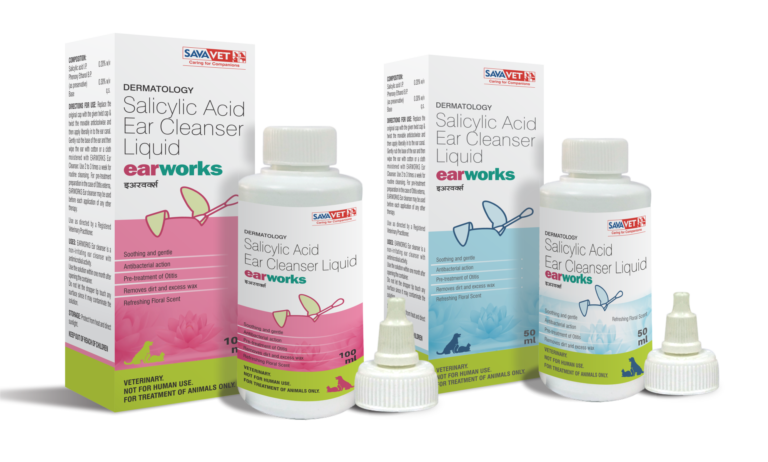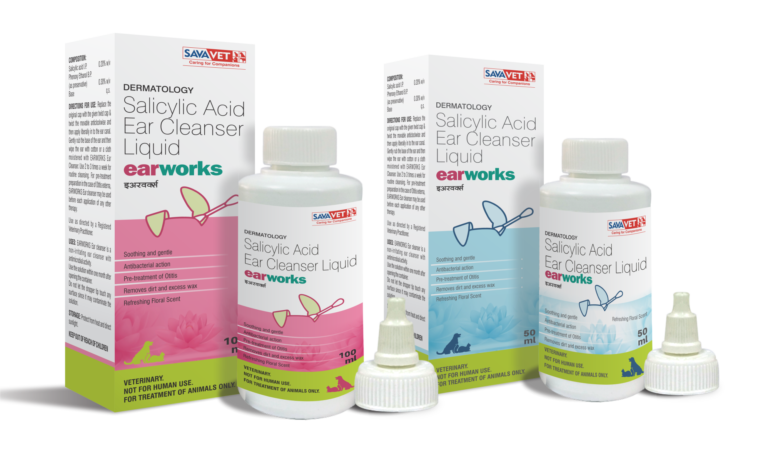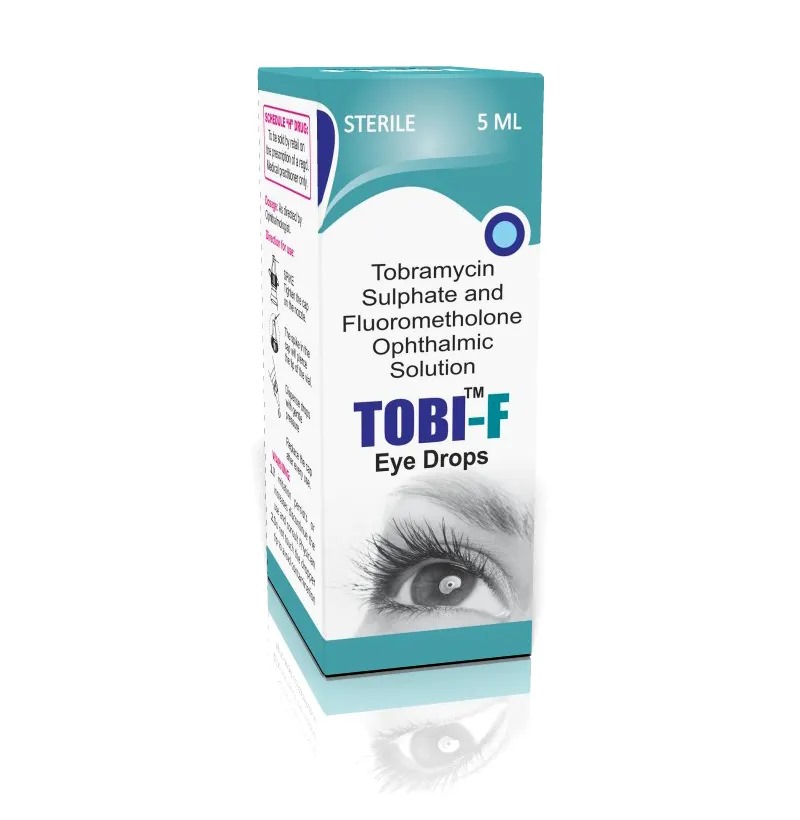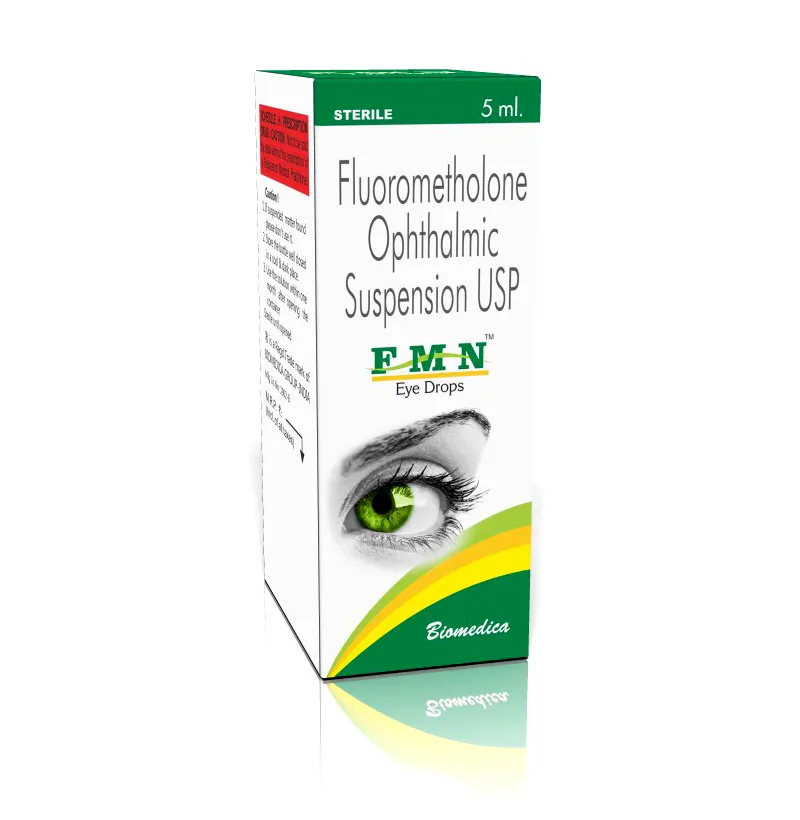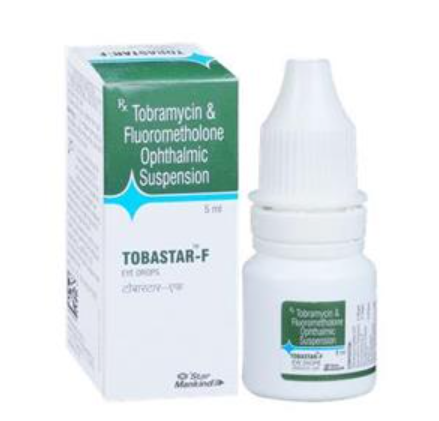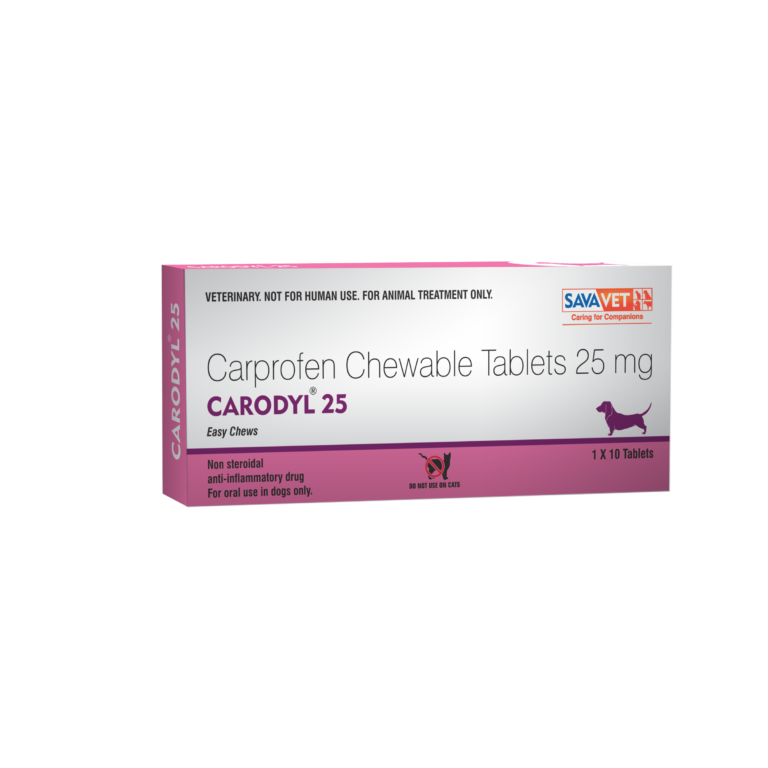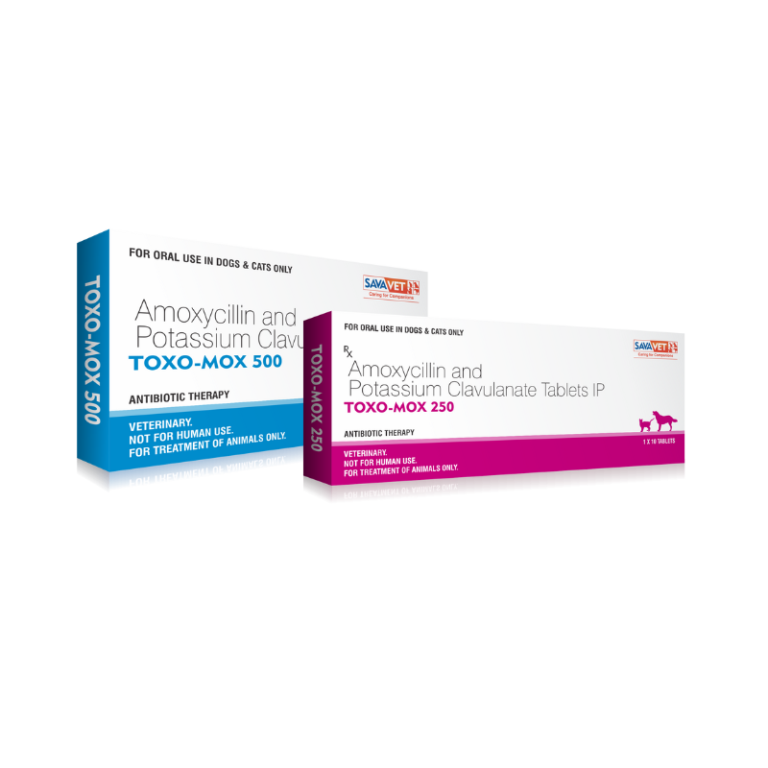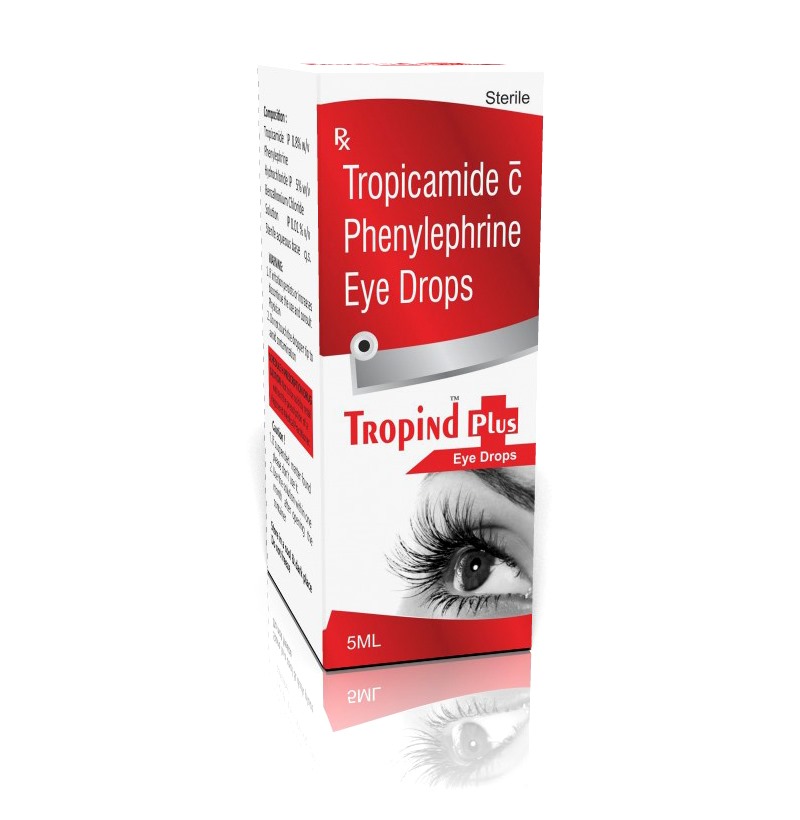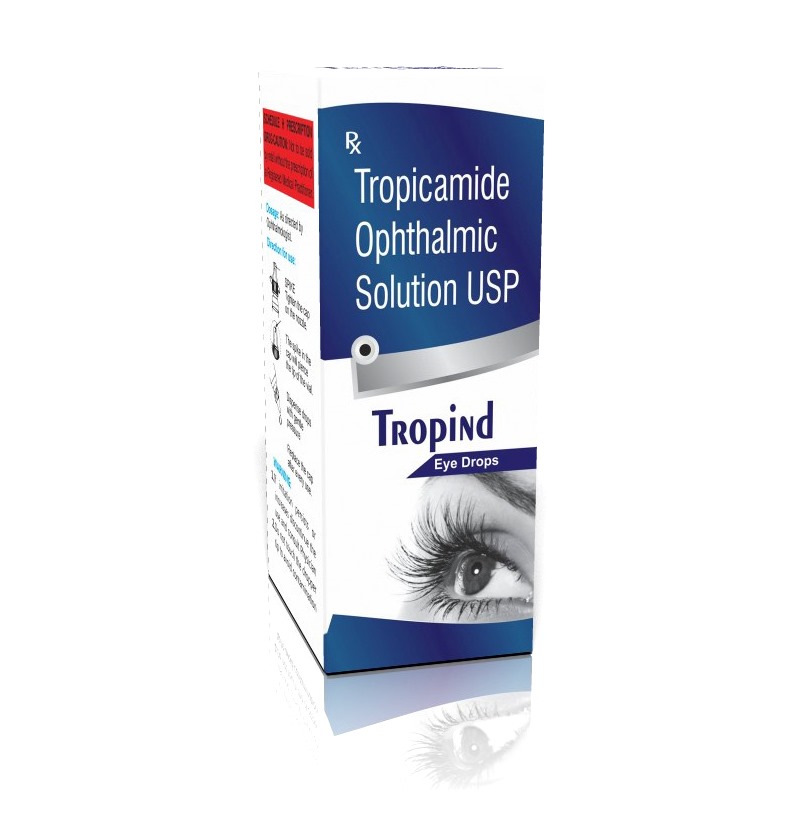Eye Care
F M N Eye Drops contain Fluorometholone, a corticosteroid used to treat inflammation and other related conditions of the eyes. Here's an overview of its uses:
🔹 Primary Uses
Anti-Inflammatory Treatment
Fluorometholone is a mild corticosteroid that helps reduce inflammation in the eye. It is often prescribed for conditions like conjunctivitis (inflammation of the conjunctiva), iritis (inflammation of the iris), and uveitis (inflammation of the uvea, the middle layer of the eye).
Post-Surgical Inflammation
It is commonly used to control inflammation and swelling after eye surgeries, such as cataract surgery or other procedures, to help reduce discomfort and promote healing.
Allergic Eye Conditions
Fluorometholone may be used for treating allergic reactions that cause eye redness, itching, and swelling, such as in seasonal allergic conjunctivitis or vernal keratoconjunctivitis.
Eye Infections (with inflammation)
In some cases, it may be used for eye infections that cause inflammation, although it's important to note that it should not be used for infections caused by viruses, fungi, or bacteria unless combined with other appropriate treatments.
🔹 How It Works
Fluorometholone is a steroid that works by suppressing the immune response in the eye. It inhibits the production of chemicals called prostaglandins, which are responsible for causing inflammation, swelling, and pain. By reducing inflammation, the drops help relieve symptoms like redness, swelling, and discomfort.
⚠️ Common Side Effects
Eye irritation, burning, or stinging upon application
Blurred vision (usually temporary)
Increased intraocular pressure (IOP) with prolonged use, which may lead to glaucoma or cataract formation
Redness or dryness of the eyes
Sensitivity to light (photophobia)
Watering eyes
🔹 Usage Tips
Dosage: Typically, 1-2 drops are applied to the affected eye(s), 2 to 4 times a day, or as prescribed by your doctor.
Application Instructions:
Wash your hands thoroughly before applying the drops.
Tilt your head back and gently pull down the lower eyelid to form a small pocket.
Place 1 drop in the pocket, and then gently close your eye and blink a few times to spread the medication evenly across the eye.
If using other eye medications, wait 5–10 minutes between each.
Contact Lenses: Remove contact lenses before applying the drops and wait 15 minutes before reinserting them.
🔹 Precautions
Infections: Avoid using Fluorometholone if you have an active eye infection (especially viral or fungal), as corticosteroids can suppress the immune response and worsen infections.
Eye Pressure: Fluorometholone can increase the intraocular pressure (IOP) over time, which may lead to glaucoma. It is important to monitor IOP regularly if used long-term.
Pregnancy and Breastfeeding: Consult your doctor before using this medication if you are pregnant or breastfeeding, as corticosteroids should be used cautiously in these situations.
Prolonged Use: Long-term use of corticosteroid eye drops should be under close supervision of a healthcare provider, as it can lead to complications like cataracts or glaucoma.
Send Message
